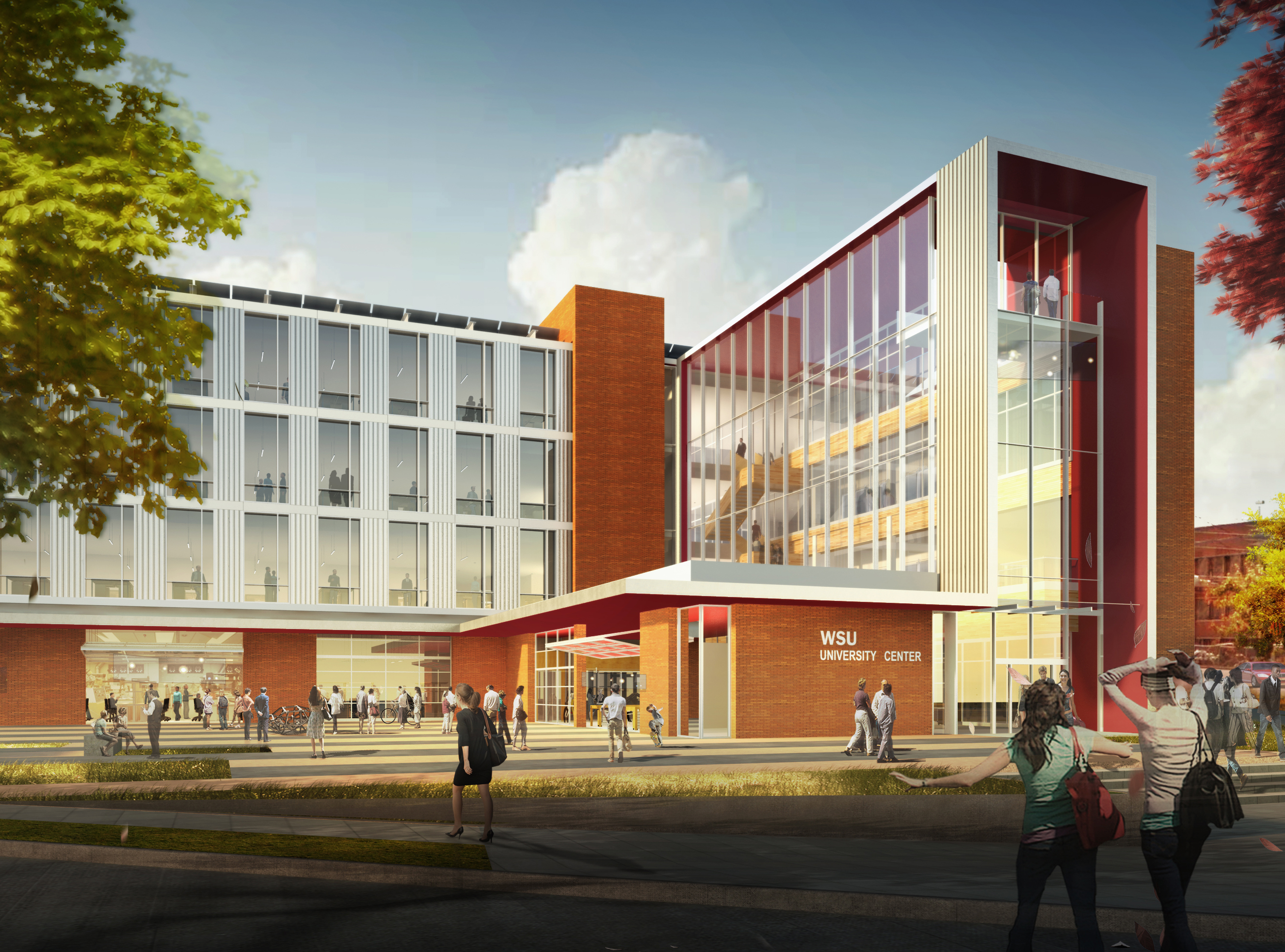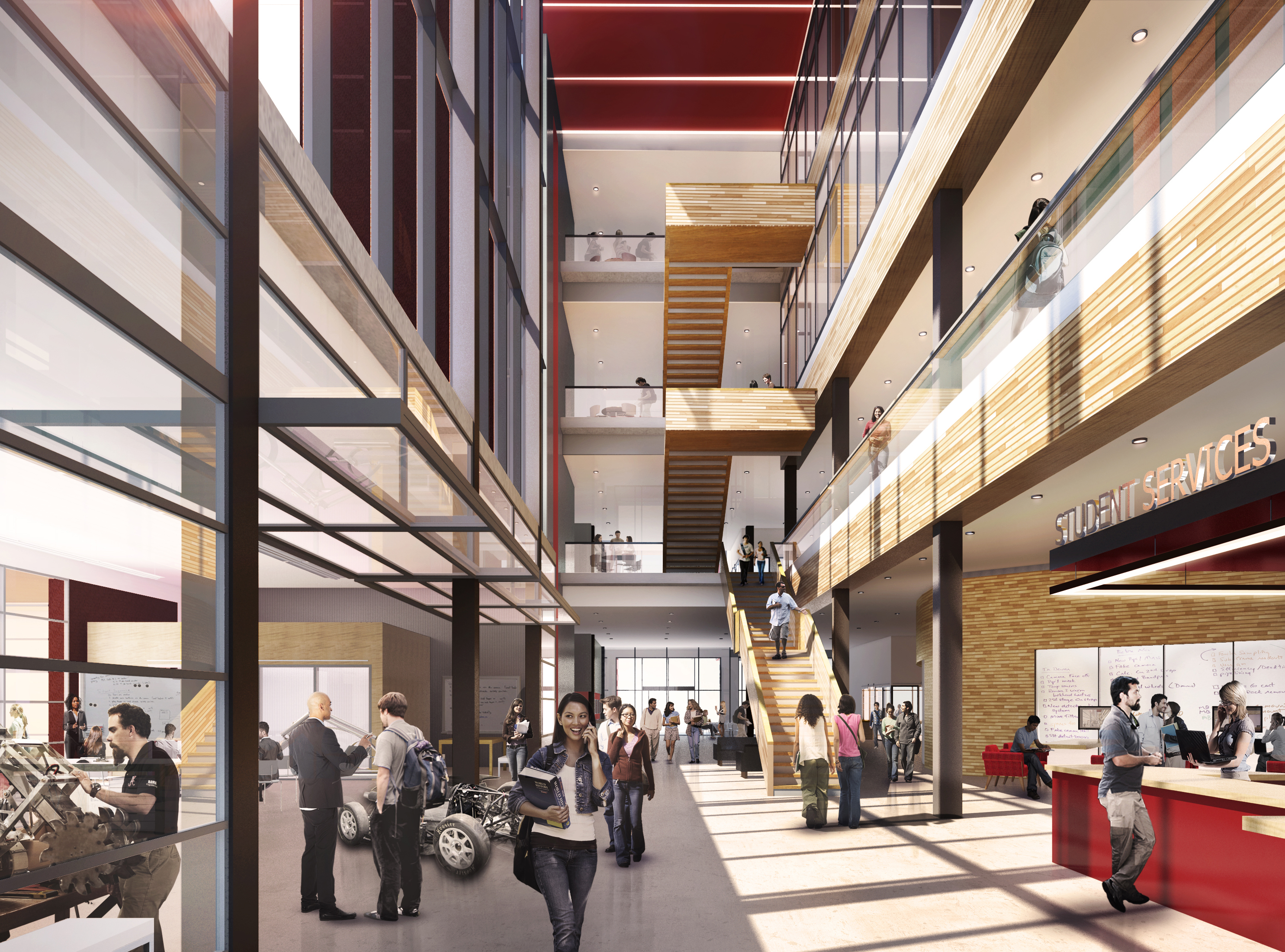Almost daily, newspapers report on the escalating costs of higher education, with some observers challenging the fundamental value of going to college. At the same time, study after study identifies the demonstrable benefits a college education brings in today's technologically-complex, globalized economy. Only about a third of young adults today achieve a bachelor's degree, but recent research confirms that many more are able. The reasons for this gap are many and complex, but it's clear that for many students access is a significant problem.

Online programs and Massive Open Online Courses (MOOCs) offer access wherever you can connect to the internet, and they bring high quality instruction to a huge audience worldwide. But learning is a largely social activity, and studies also confirm that student success and completion rates have a direct correlation with time spent on campus, especially time spent in active learning situations. So although online programs have tremendous potential, they can't really substitute for the experience of learning in an actual physical place like a bricks-and-mortar campus.
Colleges and universities now are developing branch campuses as another strategy for expanding access and extending the traditional path to social / economic upward mobility to students who can't easily travel or relocate. These campuses may be comprehensive, with the full range of academic programs and resources found at the flagship, but they are often focused on particular programs, such as health sciences or engineering to meet a community's specific needs. Beyond what they offer to individual students, branch campuses also bring expanded skill sets to the local workforce and make a measurable contribution to the area's economic vitality and cultural richness.

As universities expand their missions in response to demand for foreign higher education to improve employment opportunities, branch campuses are being established in other countries as well. It is an opportunity that also supports expatriate students who may not have access to local institutions. Initially, most foreign branch campuses were stand-alone, but partnerships with universities from the host country are replacing them with a more financially stable and culturally sensitive approach.
These and other models for expanding access to higher education will be the subject of an upcoming one-day symposium on October 23, 2015, organized by the Society of College and University Planning (SCUP). The symposium will take place at the University of Washington, Tacoma, a branch campus established in 1989. With presentations from a range of institutions, including both public and private research universities and community colleges, the conference will explore the many opportunities and challenges of the branch campuses.



